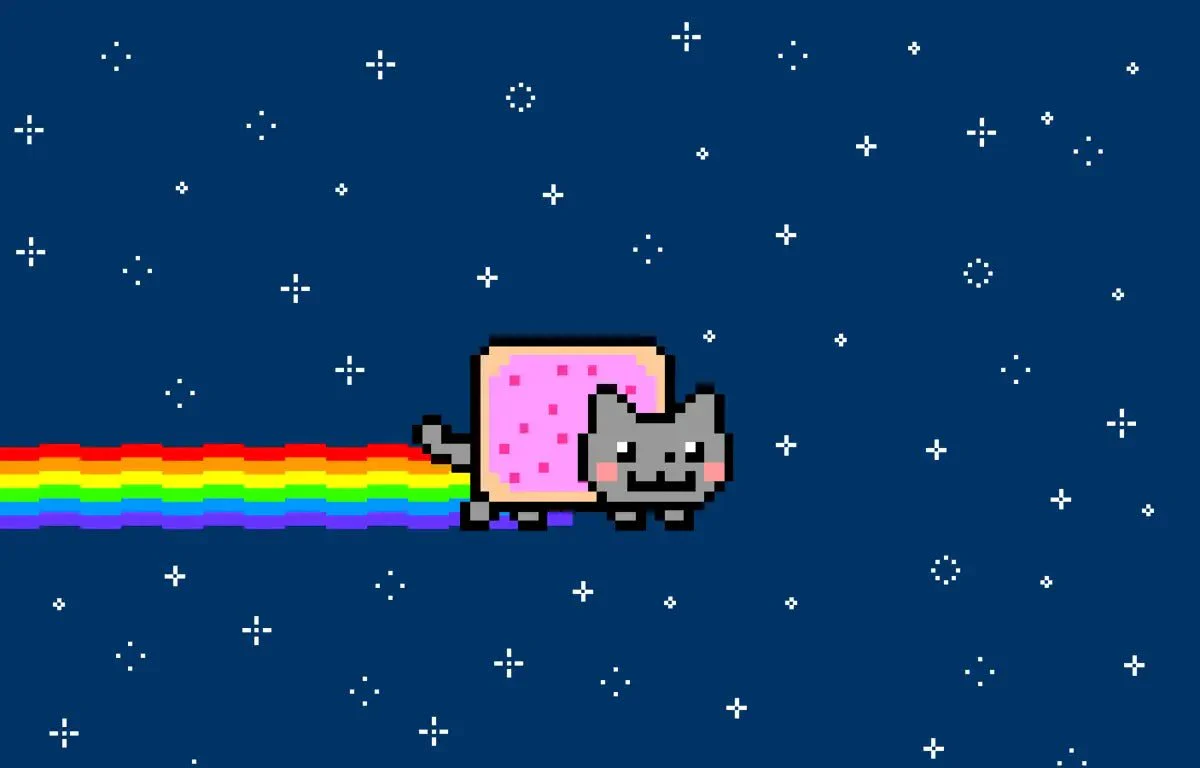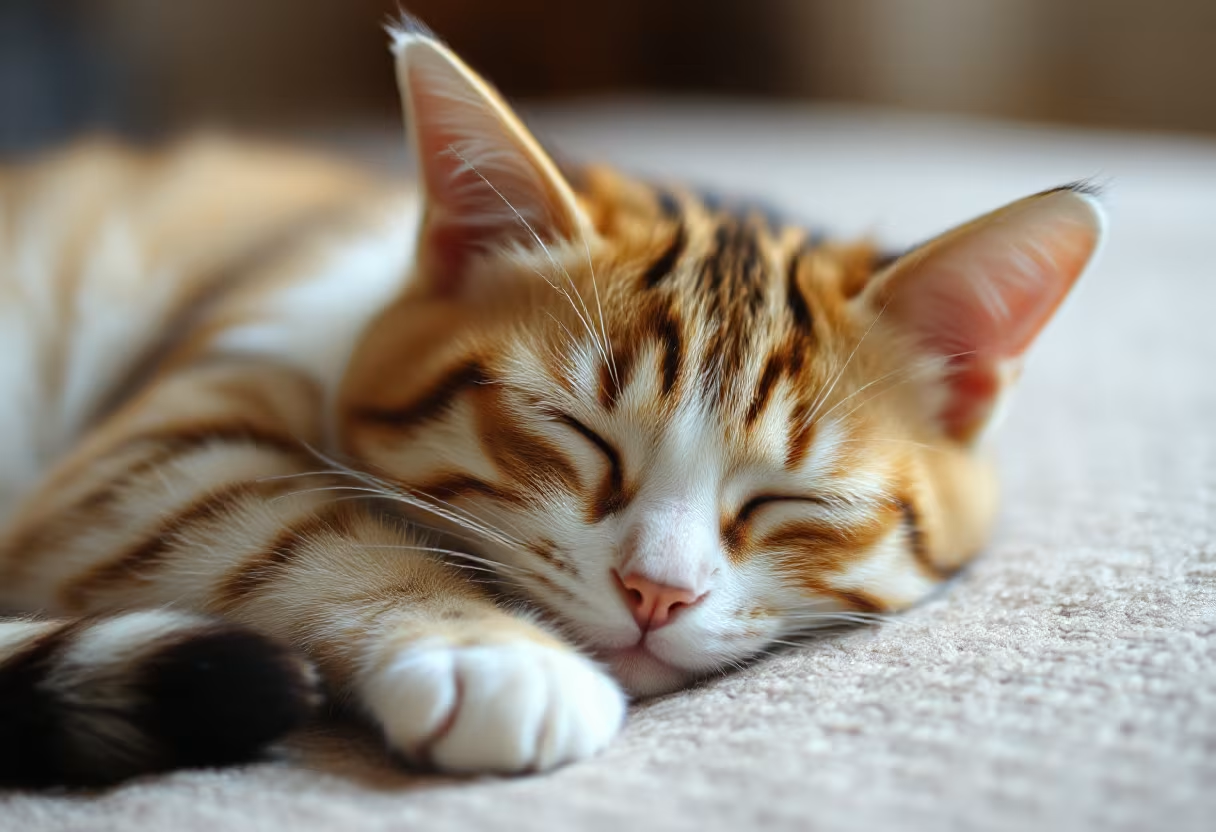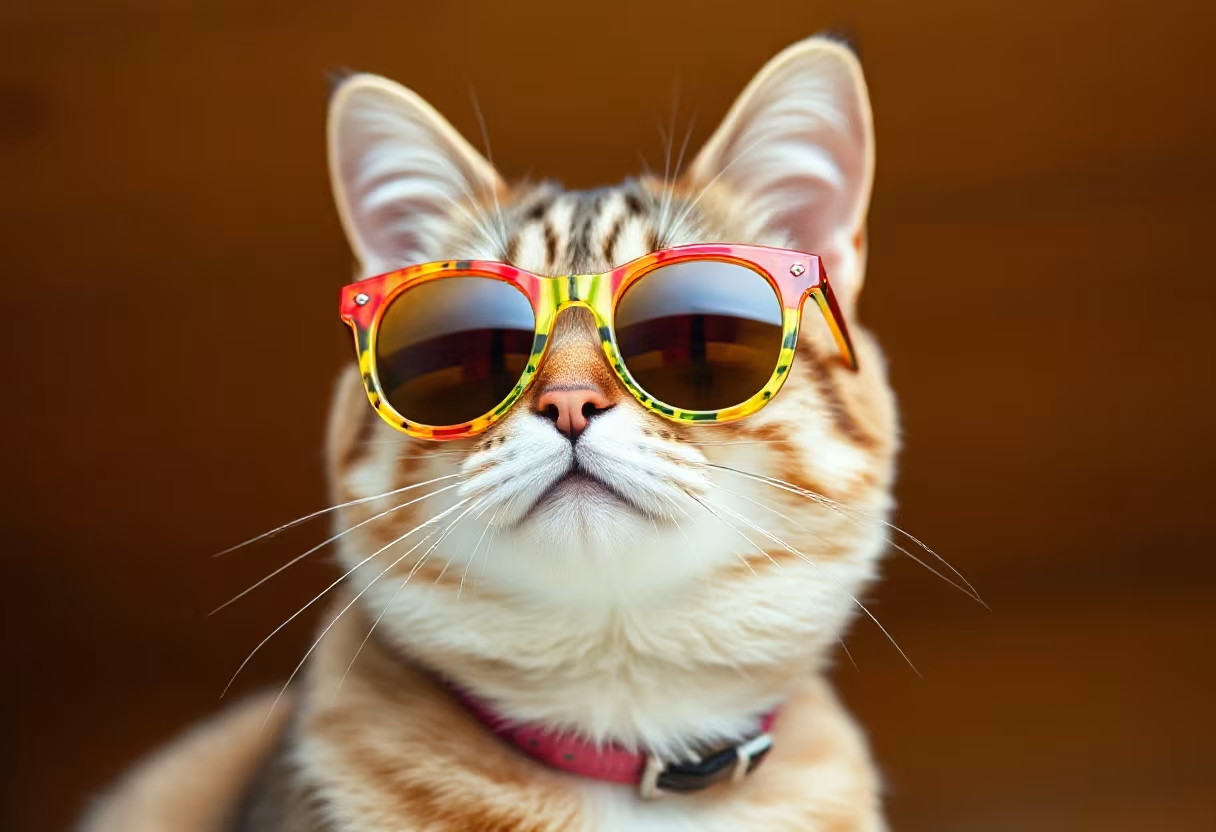Why Cats Rule the Internet
From psychology to pop culture, discover why cats dominate the internet—and how their viral power offers timeless lessons for content creators.

Why Cats Rule the Internet: The Science Behind Feline Viral Dominance
From ancient Egyptian temples to modern TikTok feeds, cats have mastered the art of human attention—and the numbers prove it.
The Undisputed Champions of Clickbait
If the internet had a monarchy, cats would undoubtedly wear the crown. With over 2 billion cat videos watched on YouTube annually and feline content generating 7.8 billion views across social platforms in 2024 alone, our whiskered friends have achieved something remarkable: they've created the most consistently viral content category in digital history.
But why? What makes a simple video of a cat knocking things off a table more engaging than million-dollar marketing campaigns? The answer lies in a fascinating intersection of psychology, evolution, and pure digital serendipity.
The Neurochemical Cat Trap
When you see a cat video, your brain experiences what researchers call the "cute response"
The Instant Dopamine Hit
When you see a cat video, your brain experiences what researchers call the "cute response"—a neurochemical cocktail of dopamine, oxytocin, and serotonin. Dr. Jessica Gall Myrick's 2015 study at Indiana University found that watching cat content increases energy levels by 16% and reduces negative emotions by 25%. Essentially, cats are living, breathing mood enhancers.
This isn't coincidence. Cats possess what scientists term "baby schema" (Kindchenschema)—large eyes relative to head size, small noses, and round faces. These features trigger our innate caregiving instincts, the same biological programming that makes us protective of human infants.
The Parasocial Relationship Phenomenon
Unlike dogs, who perform for approval, cats appear gloriously indifferent to human validation. This creates a unique parasocial relationship where viewers project personalities onto cats while feeling no pressure to reciprocate emotional energy. It's companionship without commitment—perfect for our attention-fragmented digital age.
A Brief History of Internet Cats
The Genesis: 1998-2005
The first viral cat wasn't even a video. In 1998, "Hamster Dance" inadvertently paved the way for animal content, but it was the emergence of digital cameras and faster internet speeds in the early 2000s that created the perfect storm for feline domination.
"All Your Base Are Belong to Us" (2001) might have been the first major internet meme, but "Longcat" and "Ceiling Cat" (2004-2005) established the template: simple images + minimal text + maximum shareability.
The Golden Age: 2005-2012
YouTube's launch in 2005 changed everything. Within months, cat videos were consistently ranking in the platform's most-watched content. The era gave us legends:
- "Charlie Bit My Finger" (2007): 880+ million views
- "David After Dentist" (2009): 140+ million views
- "Keyboard Cat" (2009): The first true cat celebrity
But it was "Nyan Cat" (2011) that proved cats had transcended mere pet videos to become legitimate cultural phenomena, spawning cryptocurrency, NFTs, and mainstream media coverage.

The Renaissance: 2012-Present
Grumpy Cat's rise in 2012 marked cats' transition from internet curiosities to legitimate business empires. Tardar Sauce (Grumpy Cat's real name) generated over $100 million in revenue through merchandise, appearances, and endorsements before her passing in 2019.
Today's feline influencers like @nala_cat (4.4 million followers) and @smoothiethecat (2.1 million followers) represent sophisticated content strategies, proving that cat content has evolved from accidental virality to intentional marketing.
The Psychology of Peak Shareability
The Goldilocks Zone of Engagement
Cat content occupies what researchers call the "Goldilocks Zone" of viral content—not too simple (a still photo), not too complex (a feature film), but just right. The average viral cat video is 42 seconds long—enough time to establish narrative but short enough to rewatch immediately.
Emotional Accessibility
Unlike political content or human drama, cat videos are emotionally neutral territories. They're safe to share across ideological divides, age groups, and cultural boundaries. A cat falling off a couch translates universally.
The "Accidental" Element
The most viral cat content appears spontaneous. "I Can Has Cheezburger?" succeeded because it felt discoverable rather than produced. Modern successful cat content still maintains this "found footage" aesthetic, even when carefully orchestrated.
The Numbers Don't Lie: Cats vs. The Competition
Platform Dominance Statistics
- YouTube: Cat videos average 12% higher engagement than dog videos
- TikTok: #CatsofTikTok has 45.6 billion views vs. #DogsofTikTok's 29.8 billion
- Instagram: Cat photos receive 39% more likes than equivalent dog content
- Facebook: Cat content is shared 24% more frequently than other animal content
Economic Impact
The global pet industry reached $261 billion in 2024, with digital cat content driving an estimated $47 billion in related spending on:
- Pet products featured in viral videos
- Cat-themed merchandise
- Mobile games and apps
- Subscription services for pet content
The Science of Cat Behavior = Perfect Content
Natural Comedic Timing
Cats possess innate behaviors that translate perfectly to short-form content:
The Pause-and-Pounce: Creates natural dramatic tension Gravity Defiance: Cats' athleticism produces genuine surprise moments Facial Expressions: Limited range actually enhances relatability (unlike dogs' overwhelming enthusiasm) Territory Claiming: Provides endless "cat vs. object" scenarios
Predictable Unpredictability
Cats follow behavioral patterns humans can recognize but can't precisely predict. We know a cat investigating a box will likely enter it, but the how remains delightfully uncertain.
Cultural Impact: Beyond the Meme
Language Evolution
Cat content has fundamentally altered online communication:
- "Can haz" grammar influenced meme linguistics
- Emoji evolution: Cat emojis are among the most-used globally
- Reaction GIFs: Cats dominate the reaction GIF ecosystem
Therapeutic Applications
Cat café culture, therapy animal programs, and mental health applications all trace direct inspiration to viral cat content's documented mood-boosting effects.
Economic Ecosystems
Entire industries now exist around cat content:
- Professional pet photography
- Animal influencer management
- Specialized social media platforms
- Cat-specific product placement
The Future of Feline Virality
AI and Personalization
Advanced algorithms now recognize individual users' cat preferences, creating personalized feeds that maximize engagement. Machine learning identifies optimal posting times, caption styles, and visual elements for maximum virality.
Virtual and Augmented Reality
AR filters allowing users to "become cats" and VR cat cafés represent the next evolution of feline digital experiences.
Blockchain and Ownership
NFT cats, cryptocurrency tokens, and digital pet ownership suggest cats will continue evolving alongside emerging technologies.

Where Wayjaai Fits Into the Cat Content Revolution
Understanding viral cat content isn't just about entertainment—it's about recognizing patterns in human attention and engagement. This is where Wayjaai's AI-powered trend analysis becomes invaluable for content creators and marketers.
Real-Time Trend Detection
While you're busy creating content, Wayjaai scans multiple sources to identify emerging cat content trends before they peak. Instead of reacting to viral moments after they've passed, you can position yourself ahead of the curve.
When "cats reacting to cucumbers" started trending, early adopters who caught the pattern generated millions of views. Wayjaai's trend analysis would have flagged this micro-trend in its early stages, giving you the competitive advantage of timing.
From Trend to Content in Seconds
Wayjaai transforms trending insights into ready-to-use hooks, beats, and CTAs. Spotted a rising trend around "cats interrupting Zoom calls"? The platform instantly generates content ideas:
- Hook: "Your cat's Zoom bombing strategy revealed"
- Beat: "3 ways cats have mastered remote work better than humans"
- CTA: "Share your cat's work-from-home fails below"
Organized Strategy, Not Random Posting
The platform's organized library lets you save, tag, and manage all your cat content ideas strategically. Instead of hoping for accidental virality, you can build systematic approaches to feline content that align with your brand and audience.
Cats Aren't Going Anywhere
Cat content's dominance isn't a fad—it's a fundamental feature of human digital behavior. As long as we have short attention spans, need emotional comfort, and appreciate genuine surprise, cats will continue ruling our feeds.
For content creators, the lesson is clear: understand what makes content universally shareable, time your releases strategically, and never underestimate the power of authentic, unforced moments.
Whether you're building the next cat empire or simply want to understand why that tabby knocking over a plant has 50 million views, remember: in the attention economy, cats have already achieved what every marketer dreams of—effortless, consistent, cross-platform viral success.
The internet belongs to cats. The question is: are you ready to learn from the masters?

Ready to spot the next viral trend before it peaks? Discover how Wayjaai's AI-powered analysis can transform trending insights into your next content strategy.
Ready to create viral content?
Join thousands of creators using Wayjaai to generate trend-aware content ideas.
Start Free